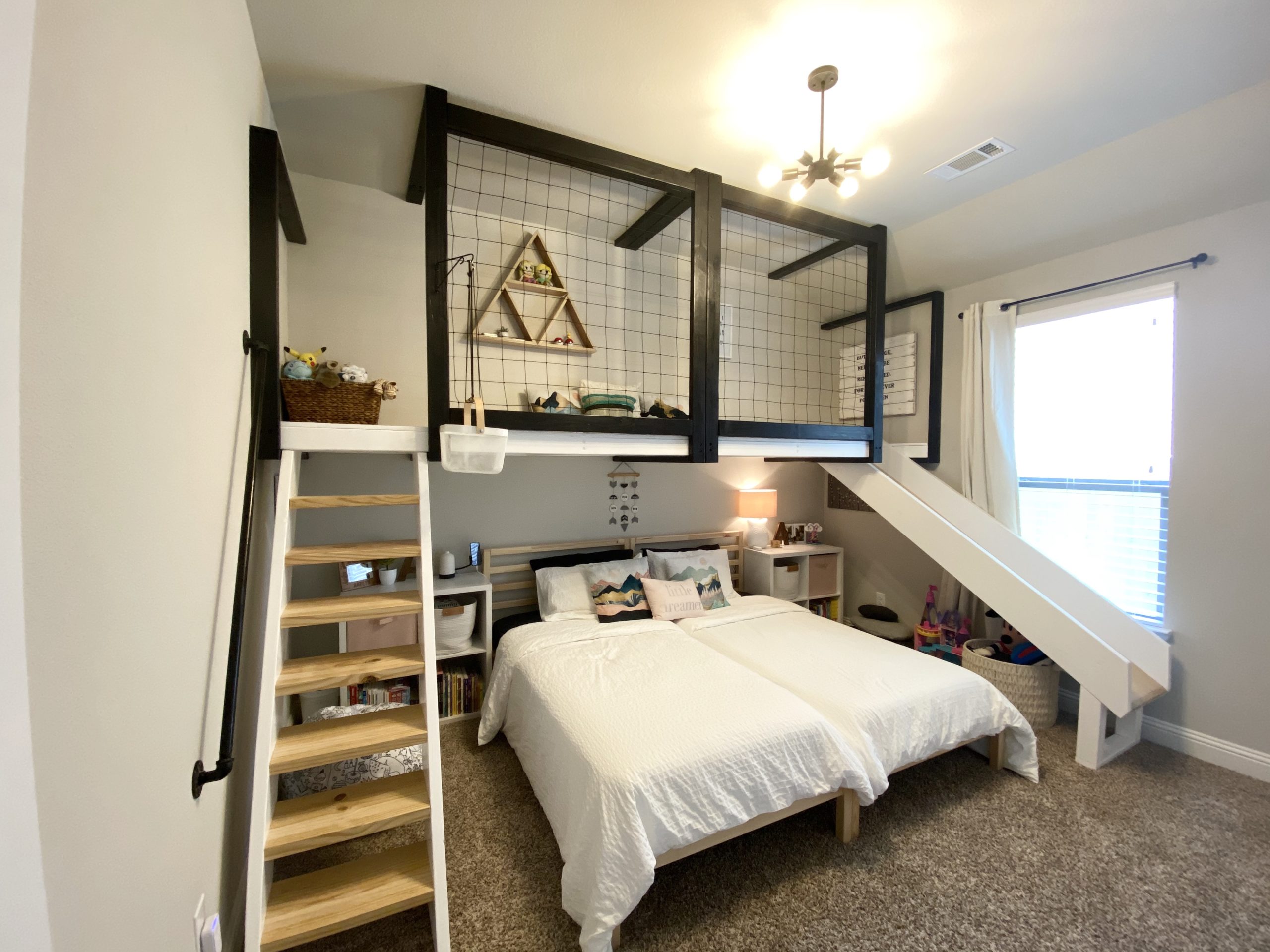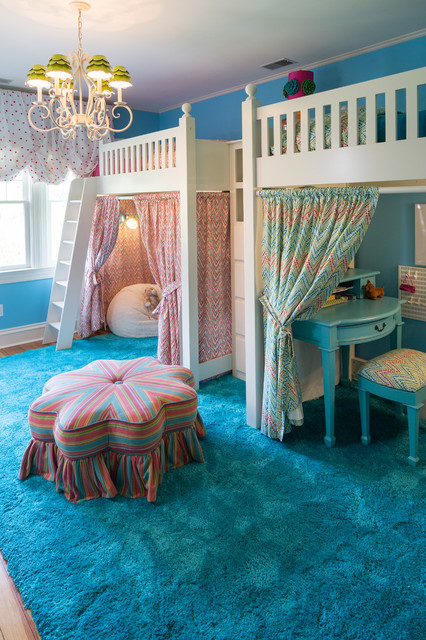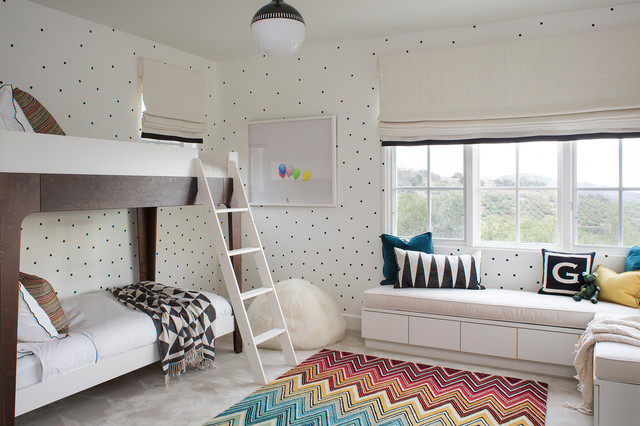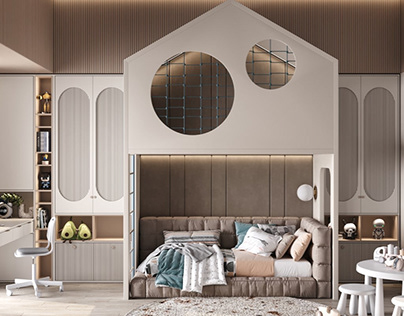How to Design a Kid-Friendly Bedroom in 1 Video

How to Design a Kid-Friendly Bedroom in 1 Video
Kid-friendly bedrooms should be spaces where children can relax, play, and learn. They should also be safe and secure. When designing a kid-friendly bedroom, it's important to consider the child's age, personality, and interests. It's also important to create a space that is both functional and stylish.
In this video, we'll walk you through the process of designing a kid-friendly bedroom. We'll discuss the key elements to consider, including color, furniture, and storage. We'll also provide tips on how to make the bedroom safe and secure.

1. Consider the child's age, personality, and interests
The first step in designing a kid-friendly bedroom is to consider the child's age, personality, and interests. This will help you determine the overall style of the room and the specific features that you'll need to include.
For example, if you're designing a bedroom for a toddler, you'll want to choose bright colors, simple furniture, and plenty of storage. Toddler beds are also a good option, as they provide a safe and secure place for your child to sleep.

If you're designing a bedroom for a preschooler, you'll want to choose colors and furniture that are more stimulating. You may also want to include a play area in the bedroom, where your child can can play with their toys.
For older children, you'll want to choose colors and furniture that reflect their personality and interests. You may also want to include a desk or work area, where your child can do their homework or practice their hobbies.
2. Choose colors that are bright and stimulating

The colors you choose for your child's bedroom can have a big impact on their mood and behavior. Bright, stimulating colors can help to create a playful and energetic space, while more muted colors can promote relaxation.
When choosing colors for your child's bedroom, it's important to consider their age and personality. For toddlers, bright colors are a good option, as they can help to stimulate their imaginations. For older children, you may want to choose colors that are more muted or neutral.
You can also use color to create different zones in the bedroom. For example, you could use a bright color for the play area and a more muted color for the sleeping area.

3. Select furniture that is functional and stylish
The furniture you choose for your child's bedroom should be both functional and stylish. Functional furniture will make the room more organized and easy to use, while stylish furniture will add personality to the space.
When choosing furniture for your child's bedroom, it's important to consider their age and height. You'll want to make sure that the furniture is the right size for your child, so that they can use it comfortably.


You'll also want to choose furniture that is durable and safe. Toddler beds, for example, should have high sides to prevent your child from falling out.
4. Add plenty of storage

Kids' bedrooms tend to get messy quickly, so it's important to have plenty of storage space. Storage can be built-in, such as built-in shelves or drawers, or it can be freestanding, such as bookcases or chests of drawers.


When choosing storage for your child's bedroom, it's important to consider the size of the room and the amount of storage you need. You'll also want to make sure that the storage is easy for your child to access.
5. Make the bedroom safe and secure

The safety of your child's bedroom is of the utmost importance. There are a number of things you can do to make the bedroom safe, including:


- Installing a safety gate at the top and bottom of the stairs
- Using child-proof locks on cabinets and drawers
- Placing electrical outlets out of reach
- Using a mattress that is the right size for your child
- Ensuring that the window blinds are closed when your child is not in the room
By following these tips, you can create a kid-friendly bedroom that is both stylish and safe.

6. Bonus tips:

- Include a comfortable reading nook. A reading nook is a great way to encourage your child to read. Choose a spot in the bedroom that is quiet and cozy, and add a comfortable chair or beanbag, a lamp, and a bookshelf.
- Hang up some artwork. Artwork can add personality to the bedroom and help to make it feel more like your child's own space. Choose artwork that reflects your
As a parent, you want to create a space that is both functional and stylish for your child. A kid's bedroom should be a place where they can relax, play, and learn. It should also be a space that reflects their personality and interests.

With so many things to consider, it can be tough to know where to start when designing a kid's bedroom. But don't worry, we're here to help. In this blog post, we will share 10 tips for designing the perfect kids bedroom. We'll cover everything from color schemes and furniture to storage solutions and décor.
So whether you're starting from scratch or just looking to give your child's bedroom a makeover, read on for some helpful tips!
1. Choose a Color Scheme

The color scheme you choose for your child's bedroom can have a big impact on the overall feel of the space. When choosing colors, it's important to consider your child's age and personality. For example, brighter colors may be more stimulating for younger children, while neutral colors may be more calming for older children.
You can also use color to create a specific theme for your child's bedroom. For example, if your child loves animals, you could choose a color scheme that includes shades of green, brown, and white. Or, if your child is interested in space, you could choose a color scheme that includes shades of blue and black.
2. Add Functional Furniture

When choosing furniture for your child's bedroom, it's important to focus on functionality. Make sure there is plenty of space for your child to play, sleep, and study. You also want to make sure the furniture is comfortable and durable.
Some essential pieces of furniture for a kid's bedroom include a bed, desk, dresser, and bookcase. You may also want to consider adding a toy storage unit or a beanbag chair.
3. Create Storage Solutions

Kids have a lot of stuff, so it's important to have plenty of storage solutions in their bedroom. Storage solutions can help keep the room organized and free of clutter.
Some great storage solutions for a kid's bedroom include dressers, closets, under-bed storage, and toy boxes. You can also use shelves and baskets to store books, toys, and clothes.
4. Add Décor

Decor can help to personalize a kid's bedroom and make it feel more like their own space. When choosing décor, it's important to consider your child's interests and personality. You can add décor to the walls, shelves, and furniture.
Some great décor ideas for a kid's bedroom include posters, wall art, shelves, rugs, and pillows. You can also add plants to the bedroom to add a touch of nature.
5. Consider the Lighting

The lighting in a kid's bedroom is important for both function and safety. You want to make sure there is plenty of light for your child to do their activities, but you also want to make sure the light is not too harsh.
Some great lighting options for a kid's bedroom include overhead lights, task lights, and night lights. You can also add dimmers to the lights so you can adjust the brightness as needed.
6. Make the Bed Comfortable

A comfortable bed is essential for a good night's sleep. When choosing a bed for your child, it's important to consider their age and size. You also want to make sure the bed is firm and supportive.
Some great bed options for kids include twin beds, bunk beds, and loft beds. You can also add a mattress topper to the bed to make it more comfortable.
7. Add a Place to Study


A dedicated study space is important for kids who are doing schoolwork. The study space should be free of distractions and have plenty of light.
Some great study space options for a kid's bedroom include a desk, chair, and bookcase. You can also add a whiteboard or chalkboard to the wall for your child to do their work.
8. Make the Room Safe


When designing a kid's bedroom, it's important to make sure the room is safe. Remove any sharp objects or furniture that could pose a hazard to your child. You should also make sure the room is well-lit and has a smoke detector.
9. Let Your Child Help

When designing a kid's bedroom, it's important to let your child have some input. This will help them feel more invested in the space and make it more likely that they will enjoy spending time in it.


.


